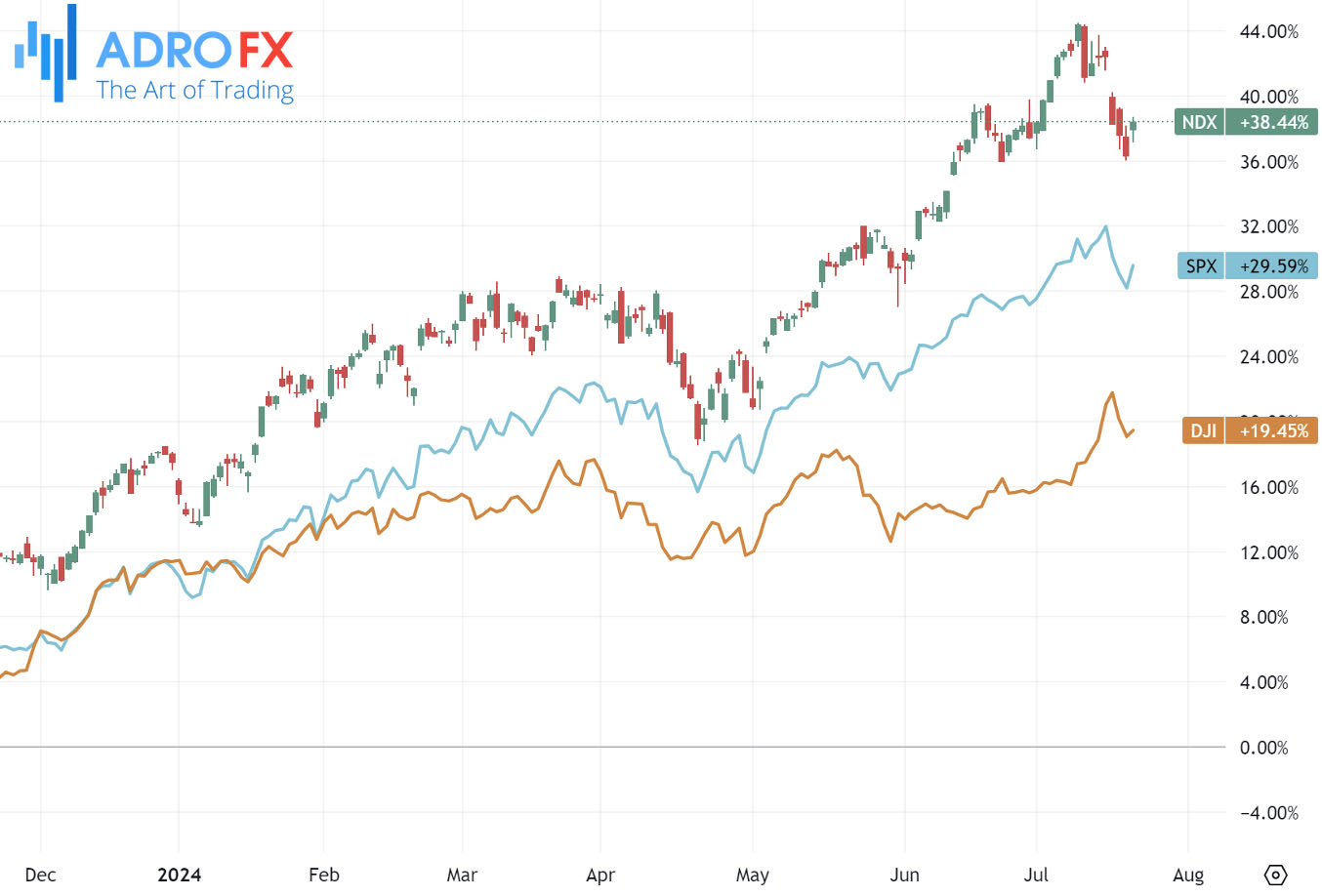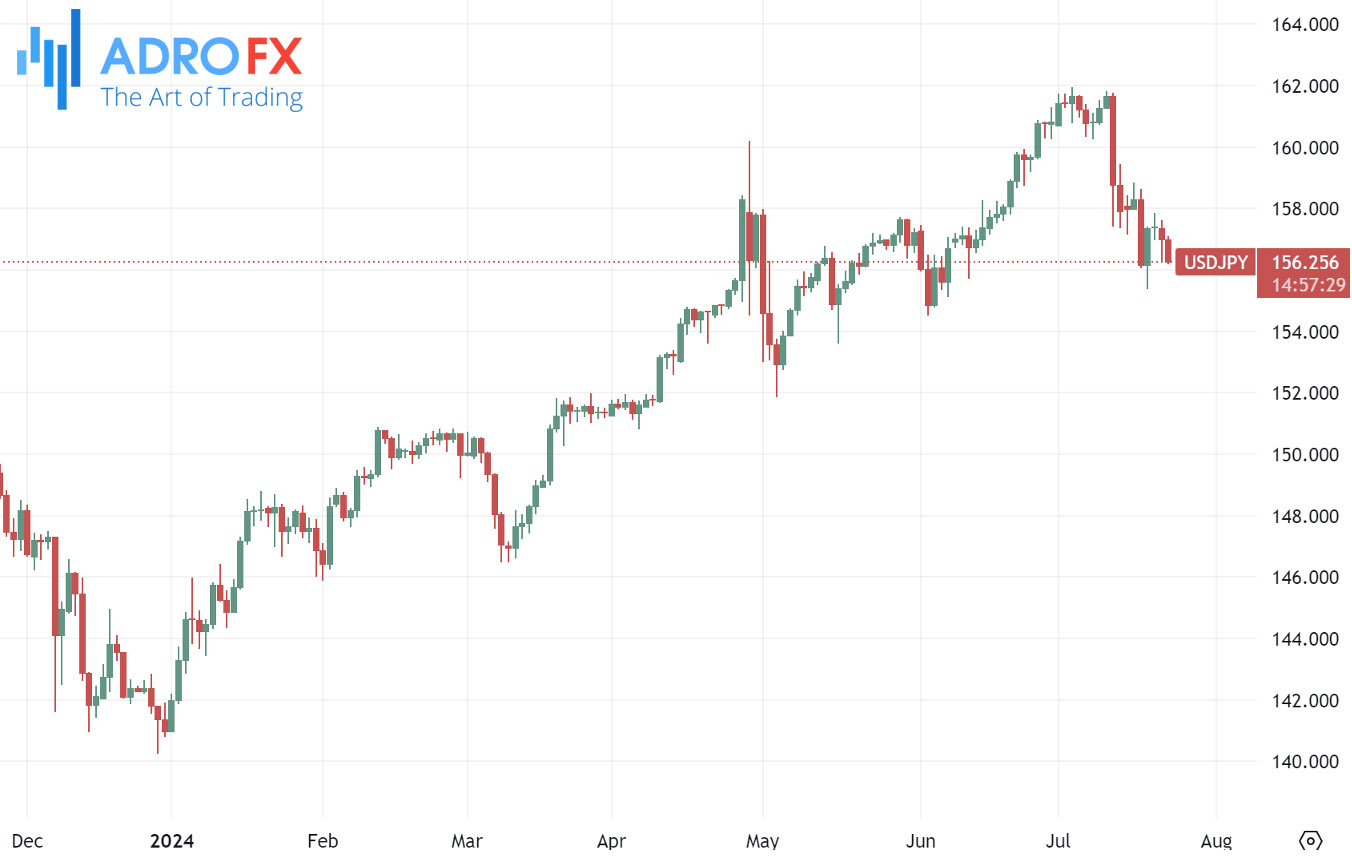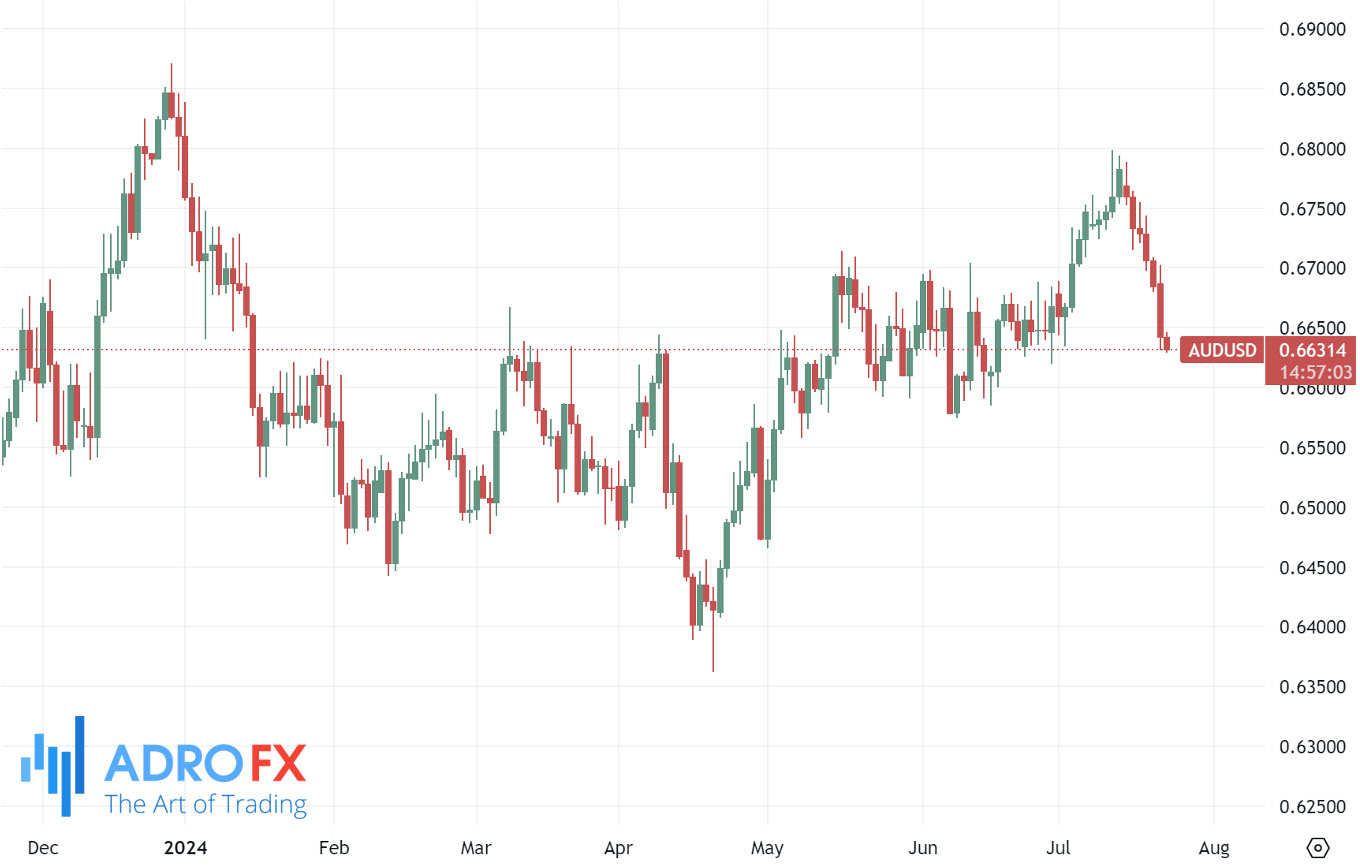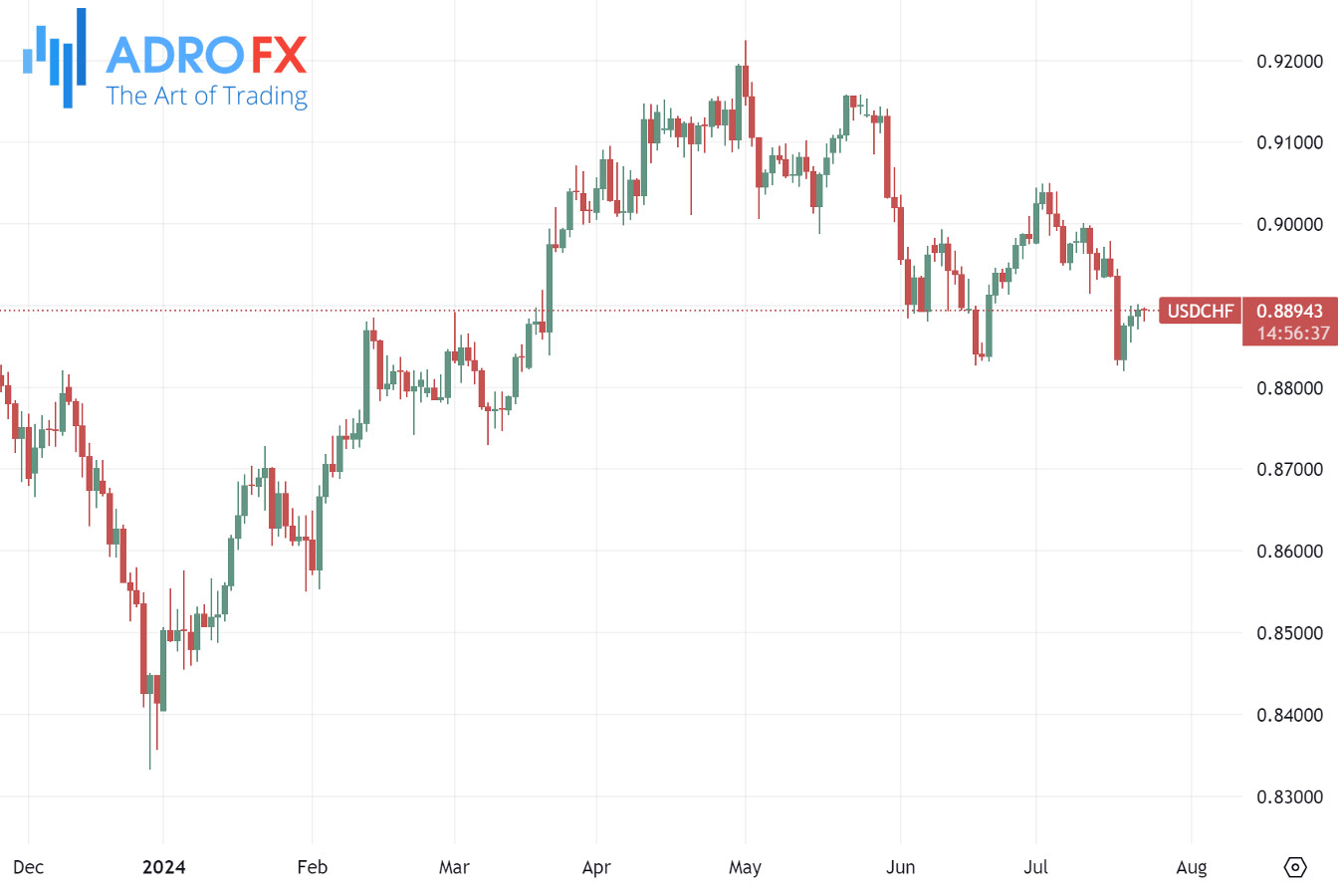Nvidia's Rally Boosts S&P 500 and NASDAQ Amid Anticipation for Major Earnings | Daily Market Analysis

Key events:
- Eurozone - ECB's Lane Speaks
- Eurozone - Eurogroup Meetings
- Canada - New Housing Price Index (MoM) (Jun)
- USA - Existing Home Sales (Jun)
The S&P 500 surged on Monday, led by a tech stock rebound spearheaded by Nvidia, following recent weakness, as investors anticipated quarterly earnings reports from major tech companies this week.
The S&P 500 climbed 1.1%, its largest one-day gain since June 5, while the NASDAQ Composite rose 1.6%, and the Dow Jones Industrial Average added 128 points, or 0.3%. Nvidia Corporation (NASDAQ: NVDA) closed nearly 5% higher after a Reuters report revealed that the chipmaker is developing a B20 version of its Blackwell GPU specifically for the Chinese market, compliant with US export controls.

Nvidia's surge contributed to a broader tech sector rally, sparking dip buying after recent volatility. Investors are now anticipating earnings reports from major tech firms such as Alphabet (NASDAQ: GOOGL) and Tesla (NASDAQ: TSLA), which are due on Tuesday.
Wedbush remains optimistic about Alphabet, noting that the company's outlook "remains positive heading into 2Q results." They attribute this to survey and agency commentary that indicate "continued strength for Google Search."
Gold prices struggled to maintain gains during the Asian session on Tuesday but managed to stay above a one-week low reached the day before. The decision of US President Joe Biden to withdraw from the 2024 Presidential election has increased the chances of Donald Trump becoming the next President, which in turn has raised hopes for a more lenient regulatory environment. Moreover, unexpected interest rate cuts by the People's Bank of China on Monday have buoyed market sentiment, posing a challenge for the safe-haven appeal of gold.

Nonetheless, expectations of a dovish Federal Reserve could limit losses for gold. Market participants seem convinced that the US central bank will begin lowering borrowing costs in September, with the possibility of two additional rate cuts by the end of the year. This has led to a decline in US Treasury bond yields, putting pressure on the US Dollar and supporting gold prices. It would be wise to wait for further selling pressure before assuming a prolonged pullback from recent highs.
The Japanese Yen continued its upward trend for the second day in a row on Tuesday, driven by increased risk aversion. Traders are closely watching the Bank of Japan’s upcoming interest rate decision, where a rate hike might be on the agenda to support the JPY.

Toshimitsu Motegi, a senior ruling party official, called on the BoJ to clearly communicate its plan to gradually normalize monetary policy through interest rate hikes. He pointed out that significant declines in the Yen were negatively impacting the economy, according to Reuters. Prime Minister Fumio Kishida also emphasized that normalizing monetary policy would help Japan transition to a growth-oriented economy.
In contrast, the Australian Dollar weakened for the seventh consecutive session on Tuesday due to a sharp drop in energy and metal prices. Given Australia’s heavy reliance on commodity exports, the AUD is particularly sensitive to market fluctuations in these assets.

Joseph Capurso, head of international economics at the Commonwealth Bank of Australia, commented that "The interest rate cuts by the People's Bank of China and the outcomes of the Third Plenum are too modest to convince market participants of a significant acceleration in the Chinese economy." Changes in the Chinese economy have a substantial impact on Australian markets due to their close trade relationship.
However, the AUD could receive support from strong employment data, indicating a tight labor market and raising the possibility of an interest rate hike from the Reserve Bank of Australia. Investors are also awaiting Australian manufacturing and services PMI figures this week to assess the health of the economy.
The USD/CHF pair ended its three-day winning streak, trading around 0.8890 during the Asian session on Tuesday. The US Dollar faced pressure due to rising expectations of a Federal Reserve rate cut in September. Last week, Fed Chair Jerome Powell remarked that the three US inflation readings this year "add somewhat to confidence" that inflation is moving towards the Fed’s target sustainably, hinting that rate cuts might be approaching.

Additionally, Federal Reserve Bank of New York President John Williams stated on Friday that the long-term trends leading to lower neutral interest rates before the pandemic are still in place. He said, "My own Holston-Laubach-Williams estimates for r-star in the United States, Canada, and the Euro area are about the same level as they were before the pandemic," as reported by Bloomberg.
In regard to the Swiss Franc, traders are anticipating that the Swiss National Bank might further cut interest rates in September, which could put downward pressure on the CHF. This potential rate cut is driven by low inflationary pressures and the resilience of the Swiss Franc.








